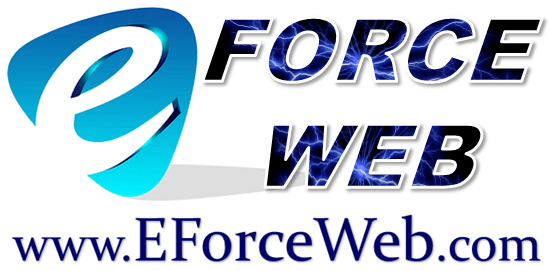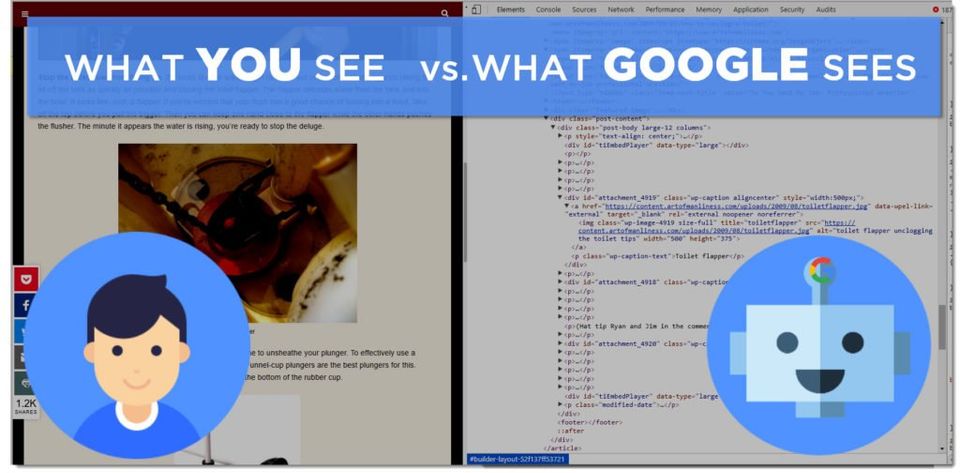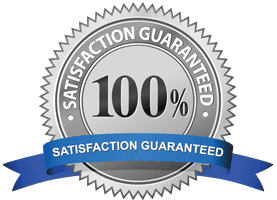
Call 877-368-3414
SEO, Alt Tags and Meta Title Tags
Preparing your website for success; SEO, Alt Tags and Meta Title Tags

Your images need alt tags
Every single image on your website should use alt tags. If you don’t use alt text on your images, your website will tank in rankings. It may take a while to check it manually, but you can use an image alt text checker tool that will let you know which images need alt text. Always make sure the text matches the relevancy of the image.
Meta Title Tags are missing or not correct
Meta Title Tags and Meta Descriptions are the key to driving organic traffic to your website because they’re the only things visible to potential visitors in the search engines. If they are messed up, a search will most likely result in traffic to a competitor’s website.
The rules for a Meta Title Tags used to be no more than 70 characters and that’s where Google would cut it off and add an ellipsis, and if the most important part of the title falls after that, they are lost. The general rule for Meta Title Tags now days is Google usually displays the first 50-60 characters and by doing so, you can expect that 90% of your titles will display properly. Character limits are not as important now because as of late, Google’s display titles max out at 600 pixels, and 50-60 words will generally fit in that range. Using narrower letters will give you a little more leeway.
An optimal Meta Tile would be:
A primary keyword-A secondary Keyword/Brand Name
for example: Morel Mushrooms-Nightshade Vegetables/Mushroom World Magazine
Your Meta Title Tag determines how your page displays in a Search Engine Results Page (SERP). It will be the deciding factor whether someone clicks on your link or not. A Meta Title Tag is also what shows in your browsers tab. If you have several tabs open, a good Meta Title Tag should be easily recognizable so people don’t lose track of your page.
Usability goals; Optimizing title tags for search engines
Keep your title length between 50 – 60 characters long without trying not to use many Wide letters.
Try to avoid using “all caps” as this will take up more of the 600 pixel title width limitation.
Overusing SEO keywords does not work.
If you start stuffing your title with keywords, it can create a bad user experience and Google may rewrite your title. Repeat variations of the same keyword over and over are bad for search users and could get you into trouble with search engines. Keyword stuffing is also unnecessary and counterproductive to stuff every version of your keyword into a title.
For example:
Morel Mushrooms, Best Morel Mushrooms, Cheap Morel Mushrooms, Morel Mushrooms for sale.
Unique Page Titles
Search engines will understand your content much better if your content is unique and will have a higher click through rate. If your site contains a lot of product or service pages, you can use that to generate easy page titles such as:
Product Name - Product Category/Brand Name
Morel Mushrooms-Nightshade Vegetables/Mushroom World Magazine
Avoid using default titles as: “New Page”, “Home”. Google will think there is duplicate content across your site and these titles have a reduced click through rate.
What keywords should go first?
The most unique aspect of the page (e.g. the product name) should appear first, as most people scan as few as the first two words of a headline. The most important keywords go first in your title.
Avoid these type of titles
Your Brand name/Major Product Category-Minor Product Category-Name of product:
For example:
Mushroom World Magazine/ Morel Mushrooms-Nightshade Vegetable- Morel Mushrooms
This is an example of front-load repetitive information and provides very little unique value. If search engines cut off a title like this, the most unique portion may be the most likely to disappear.
Do you have a good brand?
If you have a well-known brand, adding it to your Meta Title Tag could help boost your click through rates. It is still best to put your brand at the end, but could yield better search results if put on your Home or About us pages.
The whole user-experience!
Your Title should convey the most positive and accurate message possible. Your job is to attract clicks from well targeted visitors to find your content valuable. The title is a visitors first interaction with your brand, so make it count.
Reasons that Google won’t use your Meta Title Tag
Google may replace your Meta Title Tag with one of their own if they don’t like yours.
Keyword Stuffed Titles
As discussed above, Google doesn’t like keyword stuffing, also referred to as “Over Optimization”.
The Query and Title don’t match
Google may choose to rewrite your display title If your search is looking for a search query that isn't well represented in the title. This isn’t always bad because search phrases and titles aren’t always going to match. Consider rewriting your title to match search criteria.
Alternate Titles
If you have alternate title data, like meta tags for social media such as Twitter or Facebook, then Google may use those instead, and this is not really a bad thing, but if you don’t want the display in your title, then you may want to rewrite it.
EForce Web has an outstanding reputation for implementing superior SEO techniques. Contact us today to find out how we can help your business.
